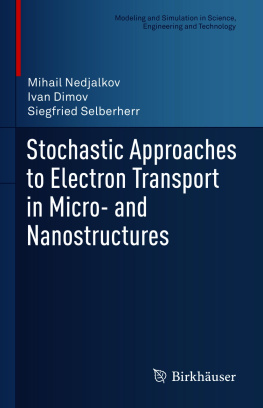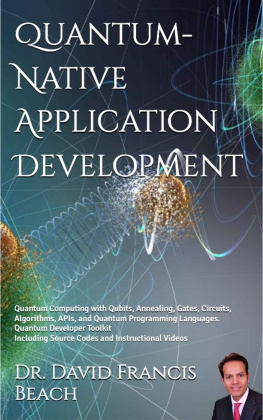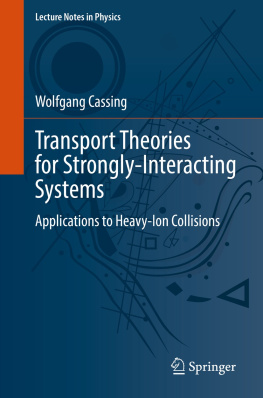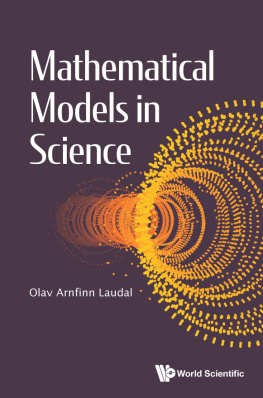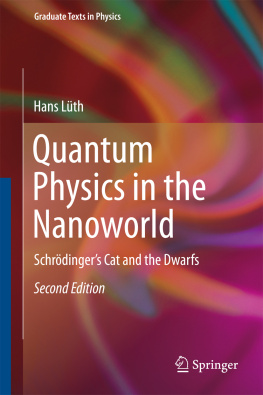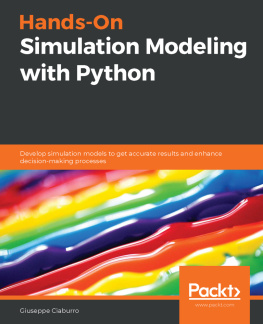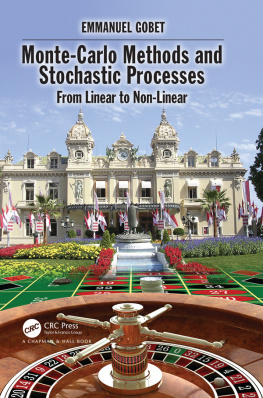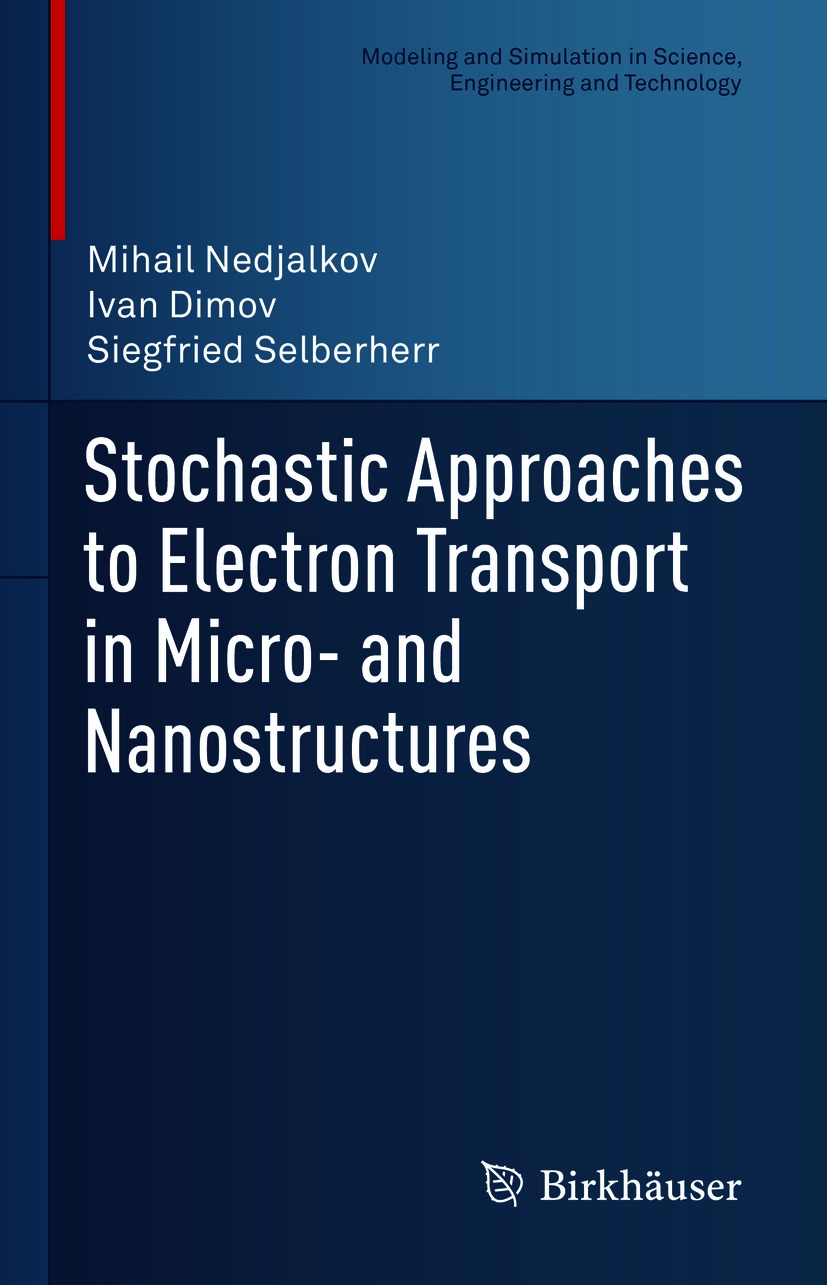Mihail Nedjalkov - Stochastic Approaches to Electron Transport in Micro- and Nanostructures
Here you can read online Mihail Nedjalkov - Stochastic Approaches to Electron Transport in Micro- and Nanostructures full text of the book (entire story) in english for free. Download pdf and epub, get meaning, cover and reviews about this ebook. year: 2021, publisher: Birkhäuser; Springer International Publishing, genre: Romance novel. Description of the work, (preface) as well as reviews are available. Best literature library LitArk.com created for fans of good reading and offers a wide selection of genres:
Romance novel
Science fiction
Adventure
Detective
Science
History
Home and family
Prose
Art
Politics
Computer
Non-fiction
Religion
Business
Children
Humor
Choose a favorite category and find really read worthwhile books. Enjoy immersion in the world of imagination, feel the emotions of the characters or learn something new for yourself, make an fascinating discovery.
- Book:Stochastic Approaches to Electron Transport in Micro- and Nanostructures
- Author:
- Publisher:Birkhäuser; Springer International Publishing
- Genre:
- Year:2021
- Rating:5 / 5
- Favourites:Add to favourites
- Your mark:
Stochastic Approaches to Electron Transport in Micro- and Nanostructures: summary, description and annotation
We offer to read an annotation, description, summary or preface (depends on what the author of the book "Stochastic Approaches to Electron Transport in Micro- and Nanostructures" wrote himself). If you haven't found the necessary information about the book — write in the comments, we will try to find it.
The book serves as a synergistic link between the development of mathematical models and the emergence of stochastic (Monte Carlo) methods applied for the simulation of current transport in electronic devices. Regarding the models, the historical evolution path, beginning from the classical charge carrier transport models for microelectronics to current quantum-based nanoelectronics, is explicatively followed. Accordingly, the solution methods are elucidated from the early phenomenological single particle algorithms applicable for stationary homogeneous physical conditions up to the complex algorithms required for quantum transport, based on particle generation and annihilation. The book fills the gap between monographs focusing on the development of the theory and the physical aspects of models, their application, and their solution methods and monographs dealing with the purely theoretical approaches for finding stochastic solutions of Fredholm integral equations.
Mihail Nedjalkov: author's other books
Who wrote Stochastic Approaches to Electron Transport in Micro- and Nanostructures? Find out the surname, the name of the author of the book and a list of all author's works by series.

